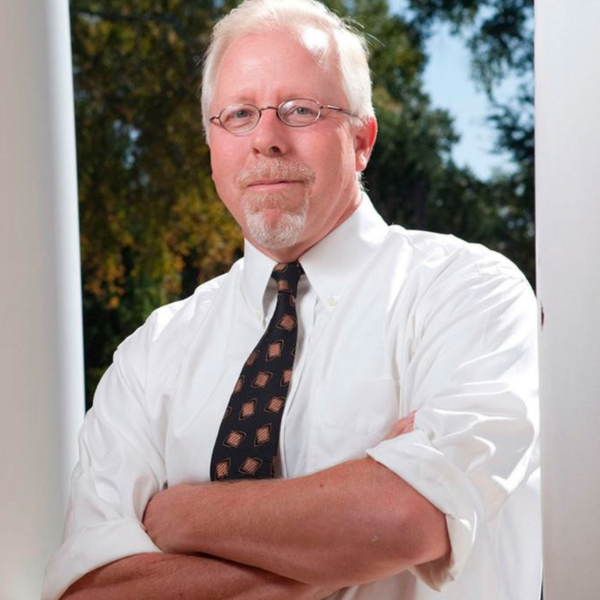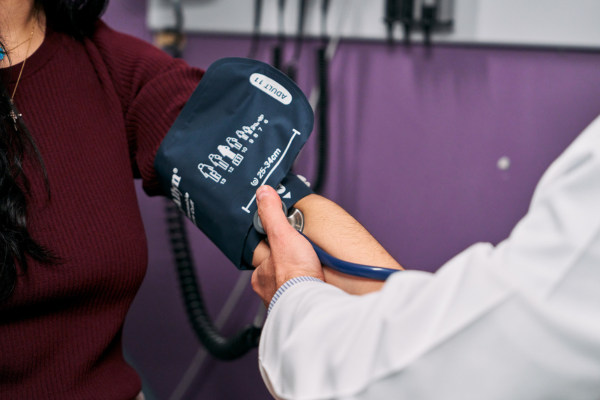Faculty View: How Do We Know When to Screen and When to Try to Prevent Disease?
April 14, 2025
Mark H. Ebell, MD, MS, is a professor of family medicine at Michigan State University College of Human Medicine. He is Editor-in-Chief of Essential Evidence Plus and Deputy Editor of the American Family Physician journal, and author more than 600 peer-reviewed publications on evidence-based practice, screening, respiratory infections, cancer screening, and clinical decision-making. Dr. Ebell served on the United States Preventive Services Task Force from 2012 to 2015 and served as a consultant to the Task Force from 2016 to 2020.
 Should you take aspirin to prevent heart disease? What is the best age to begin to screen for breast and colon cancer? What are the potential benefits and harms of screening for prostate cancer?
Should you take aspirin to prevent heart disease? What is the best age to begin to screen for breast and colon cancer? What are the potential benefits and harms of screening for prostate cancer?
Americans and their primary care physicians ask questions like this every day and look to authoritative sources for guidance. For over 40 years, the US Preventive Services Task Force (USPSTF) has provided recommendations about screening and prevention. The Task Force consists of 15 volunteer experts in family medicine, internal medicine, obstetrics and gynecology, pediatrics, and nursing. These experts work closely with Evidence-Based Practice Centers funded by the federal Agency for Healthcare Research and Quality (AHRQ), part of the Department of Health and Human Services (HHS), to make recommendations for 77 diseases and conditions. I had the privilege to serve on the task force for four years and then serve as a consultant for another four years.
The proposed reorganization of HHS includes eliminating AHRQ, firing over half of its employees. This agency is essentially the only one that supports research on how to best deliver care, how to make health care safer and more efficient, and research in primary care settings where most people get their health care. Without the support of AHRQ staff and the Evidence-Based Practice Centers, they will be unlikely to continue making independent, evidence-based recommendations about screening and prevention.
 Why does this matter? Aren’t screening and prevention always good? Well, when patients are sick or injured, they are willing to accept some degree of discomfort and even harm to feel better. The radiation from an x-ray, the discomfort and scar of a biopsy, the cost of a treatment are generally accepted as part of the price of feeling better. But screening and primary prevention are done in healthy individuals, who don’t have any signs or symptoms of illness. That makes it especially important that we carefully evaluate both the potential benefits and the potential harms when we propose to use a test to screen for cancer or a medicine to prevent illness.
Why does this matter? Aren’t screening and prevention always good? Well, when patients are sick or injured, they are willing to accept some degree of discomfort and even harm to feel better. The radiation from an x-ray, the discomfort and scar of a biopsy, the cost of a treatment are generally accepted as part of the price of feeling better. But screening and primary prevention are done in healthy individuals, who don’t have any signs or symptoms of illness. That makes it especially important that we carefully evaluate both the potential benefits and the potential harms when we propose to use a test to screen for cancer or a medicine to prevent illness.
The harms are often downstream of the initial test. It’s tempting to think: it’s just an inexpensive blood test to screen for prostate cancer, what’s the harm? But for every 1000 men who do this blood test every year from age 55 to 69, 100 will be diagnosed with prostate cancer, but only about 1 of those 100 will avoid death due to prostate cancer because they were screened. Many prostate cancers grow so slowly that they never cause symptoms, and many others are highly treatable even if detected because of symptoms rather than a screening test. And the harms matter: of those 1000 men, 220 will require a biopsy, 2 will be hospitalized due to a biopsy complication, and 65 will develop sexual dysfunction or incontinence as a result of treatment of their prostate cancer.
It is critical that recommendations balancing the benefits and harms of preventive services be made based on the best evidence and by physicians without any conflict of interest. The USPSTF deserves continued support by physicians and scientists at HHS, independent of political pressure and allowing them to make the best recommendations for American patients.

